
The Internet of Things (IoT) is changing how we interact with technology. IoT devices, from smart homes to industrial automation, collect and process data in real-time. But where does this data go, and how is it processed? This is where Edge Computing and Cloud Computing come into play.
We understand the importance of choosing the right technology for IoT applications at Wavy Informatics, a leading Drupal Development Company. In this blog, we’ll explore the differences between Edge Computing and Cloud Computing, their benefits, and which one is better for IoT.
Cloud computing allows devices to send data to remote servers for storage and processing. These servers, also known as the cloud, are managed by companies like Amazon Web Services (AWS), Microsoft Azure, and Google Cloud.
When an IoT device collects data, it sends the data to the cloud through the internet. The cloud processes this data and sends back insights or commands to the device.
Edge computing processes data closer to the source, meaning directly on the IoT device or a nearby network node instead of sending it to a distant cloud server.
IoT devices collect and analyze data locally before sending only essential information to the cloud. This reduces the time needed to process data.
Both Cloud Computing and Edge Computing have their strengths and weaknesses. The choice depends on the specific needs of your IoT project.
| Feature | Cloud Computing | Edge Computing |
| Speed | Slower (higher latency) | Faster (low latency) |
| Security | Higher risk due to internet dependency | More secure as data stays local |
| Cost | Lower initial cost but ongoing cloud fees | Higher initial investment but lower long-term costs |
| Scalability | Highly scalable | Limited by local hardware |
| Reliability | Depends on internet availability | Works even with poor connectivity |
Many businesses use a hybrid approach that combines both edge and cloud computing. This means:
This method offers the best of both worlds—speed and efficiency from edge computing, plus the power and scalability of the cloud.
There is no one-size-fits-all solution when it comes to Edge vs. Cloud Computing for IoT. The best choice depends on your business needs, budget, and application type.
At Wavy Informatics, we specialize in IoT solutions, Web Design, and Drupal development. Whether you need a cloud-based IoT platform or an edge computing system, our team can help you make the right choice.